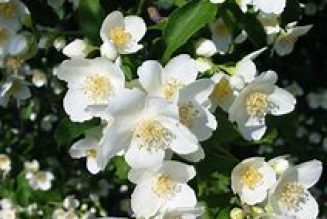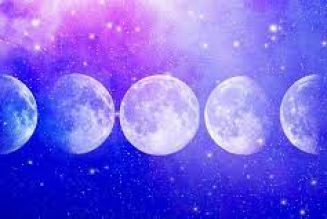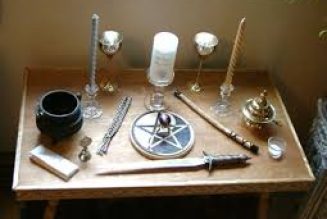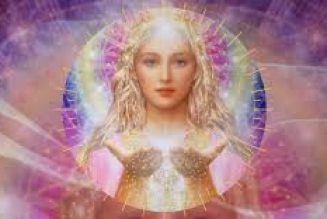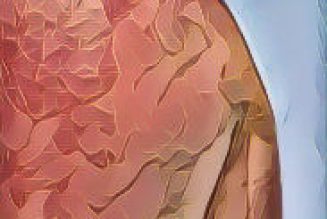The astral plane and its related phenomena constitute such a vast subject that whole books could be and have been written about it.
Any brief sketch such as this must necessarily omit many interesting and important points.
Many occultists divide the astral plane into seven gradations, or sub-planes, from the lowest to the highest, though it must be remembered that in this connection the terms ‘lowest’ and ‘highest’ do not refer to the position in space, but to different states of being.
The higher gradations of the astral plane are regions of beauty transcending that of earth, they are the ‘Summerland’ of the Spiritualist.
The lowest regions of the astral, on the contrary, are the dwellings of spiritual darkness, but this darkness proceeds from the debased and vicious souls of their dwellers.
The mind creates its own surroundings; this is even true of the physical world, and still more so of the astral.
Like attracts like, and the soul after death is drawn to that region which is its natural affinity.
These ideas are by no means the invention of modern Spiritualists or Theosophists.
They are as old as Ancient Greece and Ancient Egypt, and probably older.
Even Neanderthal Man buried his dead with grave goods, indicating a belief in continuing life in the Beyond.
Beside the discarnate human souls who dwell upon the astral plane, there are many orders of other spirits that are not human.
There are the souls of animals, some of whom have achieved individuality, while others belong to a group soul of their species.
There is the vast kingdom of nature-spirits, which contains many ranks, some lower than humanity and some much higher.
The nature spirits were divided by medieval occultists according to that element of Nature with which they had an affinity.
The earth spirits were called gnomes, the water spirits undines, the air spirits sylphs, and the fire spirits salamanders.
These spirits of the elements should not be confused with the semi-intelligent entities called artificial elementals.
The latter is formed from the elemental essence of the astral plane, by the power of human thought and desire acting upon that essence.
Hence they may be beautiful or hideous, protective or menacing. Their life depends upon the power of the thought which calls them forth.
Most people are quite unconscious of the power of their thought, and what it can do, but the occultist uses this power deliberately, to create artificial elementals and thought-forms.
This power of thought is another of the fundamentals of magic, which have been known all over the world, throughout the ages.
It is known in the East as Kriyashakti. Artificial elementals and thought-forms may be perceived by one whose power of astral vision is opened, intentionally or otherwise.
They account for many of the fantastic visions seen by people who rashly experiment with so-called ‘psychedelic drugs’.
Beyond the astral plane are still higher and more spiritual levels of being. To attain these is the goal of the true occultist and magician, so that he may master the astral light, instead of being mastered by it.

